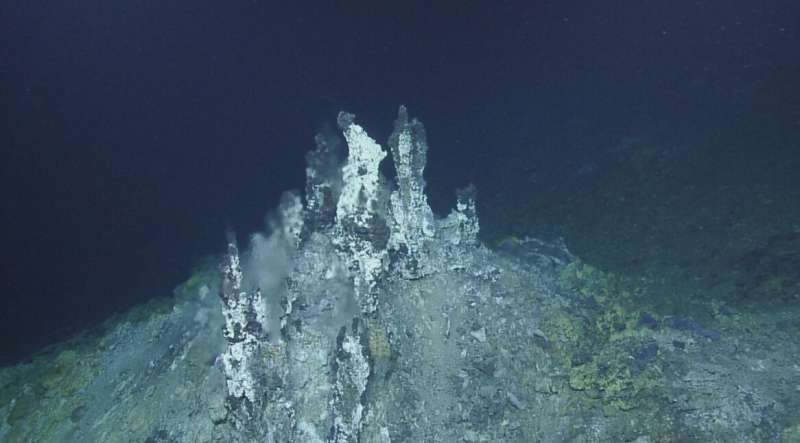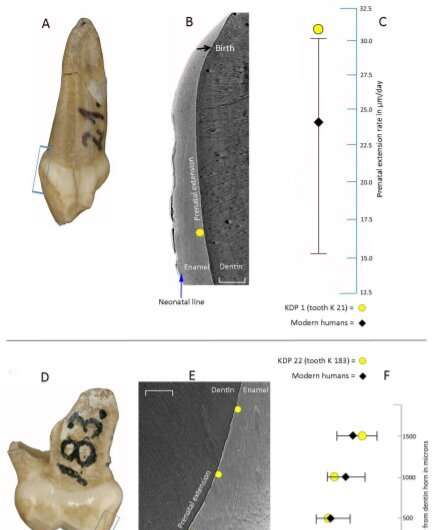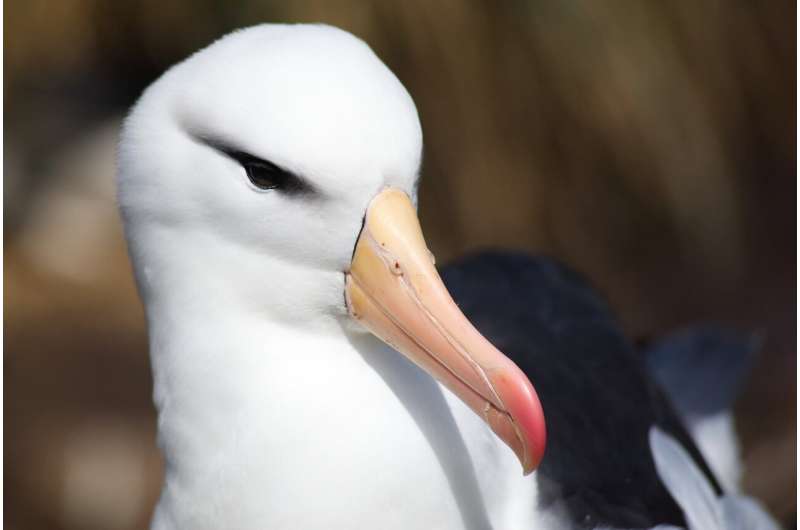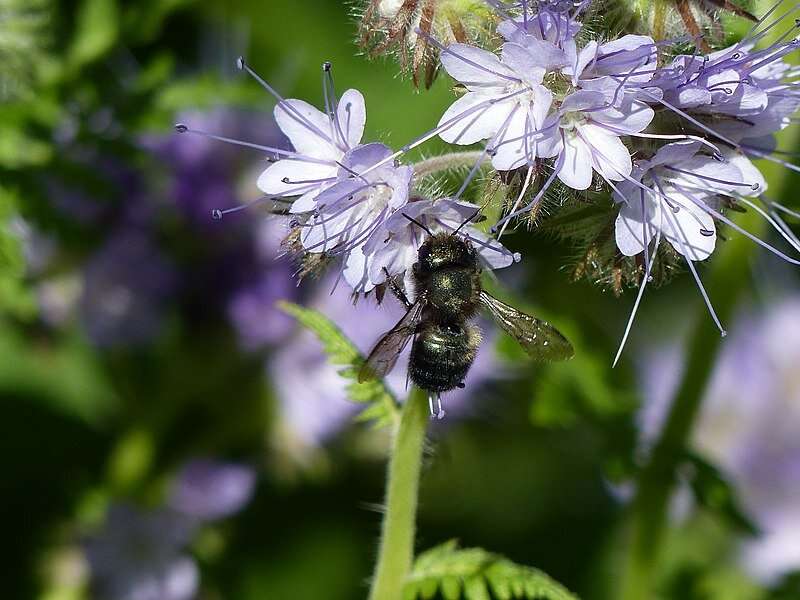Issued on: 25/11/2021
Ottawa (AFP) – Canada has failed in its efforts to cut greenhouse gas emissions linked to global warning, the environment commissioner said Thursday, ranking it as the "worst performer" among Group of Seven industrialized nations.
A series of reports by independent parliamentary watchdog Jerry DeMarco looked at decades of government climate action that yielded an increase of more than 20 percent in emissions since 1990.
Canada "has become the worst performer of all G7 nations since the landmark Paris Agreement on climate change was adopted in 2015," DeMarco, whose title is environment commissioner, told a news conference.
"We can't continue to go from failure to failure; we need action and results, not just more targets and plans," he said.
DeMarco pointed to, for example, a government fund to help Canada's oil and gas sector slash their CO2 emissions. Some 40 funded projects allowed companies to increase their production and related emissions.
He also said reporting by a dozen government departments on sustainable development was poor. "They did not report results for almost half their actions," he said.
While Canada represents about 1.6 percent of global CO2 emissions, it is among the top 10 largest emitters globally and one of the highest emitters per capita.
The nation is also the world's fourth largest producer and exporter of oil. And Canada's energy regulator projects that, while domestic consumption declines, its fossil fuel production will grow because of exports.
Environment Minister Steven Guilbeault welcomed the reports, but said the commissioner's "retrospective study" doesn't take into account more than 100 recent measures undertaken by Ottawa.
Those include proposed green home retrofits, putting a cap on oil and gas emissions, and ramping up electric vehicle sales.
Guilbeault also pointed to a carbon tax that is set to rise to Can$170 per tonne by 2030.
DeMarco in fact did consider government pledges made this year, but noted that Ottawa has yet to issue an updated climate plan. Also, the most recent emissions data available is for 2019.
The commissioner concluded that a concerted government effort on a grab bag of actions, including the targeting of high-emission industries, is needed to get Canada back on track to meeting its new goal of cutting emissions 40 to 45 percent below 2005 levels by 2030.
© 2021 AFP
David Suzuki apologizes for saying pipelines could be 'blown up'
CBC/Radio-Canada

Environmentalist David Suzuki has apologized for saying pipelines would be "blown up" if government leaders don't take action on climate change.
Suzuki made the comments during an interview with CHEK News on Saturday, amid a protest in Victoria organized by the environmental group Extinction Rebellion.
"We're in deep, deep doo-doo," Suzuki said at the time.
"And the leading experts have been telling us for over 40 years. This is what we've come to. The next stage after this, there are going to be pipelines blown up if our leaders don't pay attention to what's going on."
The environmentalist issued an apology through his foundation on Thursday, and said he had spoken out of extreme frustration.
"The remarks I made were poorly chosen and I should not have said them," the statement said.
"Any suggestion that violence is inevitable is wrong and will not lead us to a desperately needed solution to the climate crisis. My words were spoken out of extreme frustration and I apologize."
Condemnation in Alberta
Suzuki's remarks prompted swift condemnation from the Alberta government, including Premier Jason Kenney, Energy Minister Sonya Savage and government House Leader Jason Nixon.
Kenney first accused Suzuki of inciting violence Monday on Twitter, and later, at a news conference on Tuesday, when he reiterated that he believed Suzuki was implicitly inciting people to commit eco-terrorism.
"It's like in the gangster movies where they say, 'You know, nice little pipeline you've got there. It'd be a terrible thing if something happened to it.' This is totally irresponsible," Kenney said.
He added that Suzuki has a track record of outrageous comments that should have had him "cancelled."
He cited an example from 2016, when Suzuki opined that former prime minister Stephen Harper should serve prison time for "wilful blindness" to climate change, which was reported by the National Post at the time.
"We resolve differences peacefully and democratically — not by threatening to throw our opponents in jail," Kenney said.
"And now he's basically saying, 'Nudge, nudge, wink, wink, be a terrible thing if something happens to those pipelines.' This is outrageous and should be called out as such."
 |
| THE KENNEY GOVT IS A PR FIRM FOR BIG OIL |
The premier also criticized the CBC and other organizations for giving Suzuki a platform.
A formal condemnation of Suzuki's comments was moved in the Alberta Legislature on Tuesday.
Members of Alberta's Official Opposition spoke out against Suzuki's remarks as well.
Kathleen Ganley, the NDP representative for Calgary–Mountain View, said both sides of the house can agree that "violence or incitement of violence to make any point" should be condemned.
Before issuing his apology, Suzuki told CBC News he does not condone blowing up pipelines. But he suggested he fears it may happen if groups get fed up with inaction.
"Our leaders are not listening to the urgency that is demanded to meet the issue of climate change. And I was worried that this is just the next step — if it goes on — to people blowing up pipelines," he said.
Many climate-related protests have been examples of "peaceful civic disobedience," Suzuki said, suggesting the violence is coming from government and the RCMP.
"If you look at the people at Fairy Creek, what are they doing? They're fighting to protect Mother Earth, and the violence is all coming from the forces that want to maintain the status quo," said Suzuki, referring to anti-logging protests on Vancouver Island that have continued for more than a year.





